Is the Yashica Electro the best deal in rangefinder photography?
by Ricky Opaterny
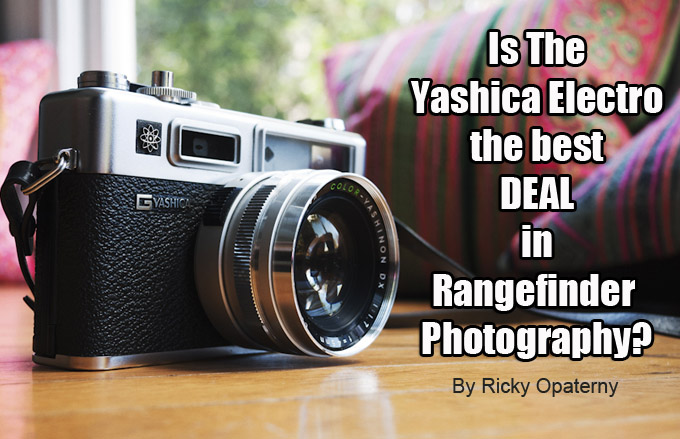
Eight years ago, I shot with a Leica for the first time and immediately found the experience to be photographically unparalleled. Although I longed for an M7, my budget at the time could only accommodate a used R body, an old 50mm Summicron-R lens, and an even older 28mm Elmarit. Nearly seven years later in 2010, my budget still was not really a match for an M7, but I decided to get one, anyway, along with a 50mm Summicron-M in a deal that was too good to pass up.
Oftentimes, online discussion of camera gear frames the equipment as a tool to accomplish an objective, the instrument used to realize a vision. And while that is true, I find that much of photography for me is about the experience of taking photos, and the gear you use can make that experience more or less enjoyable‚ more or less inspired, more or less memorable. There are few regular experiences in life that I find more enjoyable than that of looking through the viewfinder of my M7 and hearing the kiss of the shutter release.
So, why would I ever bother with another camera, especially one made with a darker viewfinder and focusing patch, a comparatively inferior fixed lens, and an aperture priority system that doesn’t even let you know what shutter speed you’re using without full manual controls that requires a battery no longer produced? Why would I get a camera from a seller who couldn’t even tell me if it worked? Why, in short, would I bother buying a Yashica Electro 35?
There are two reasons: 1) I found the sample images I saw online be excellent for a $20 camera and 2) How can you possibly go wrong on a $20 camera with a 45mm f/1.7 lens that isn’t completely awful? Yes, f/1.7 in Leica terms is halfway between a Summnicron and a Summilux. A Summicrux, perhaps?
(I should note that there are several old, film rangefinders available with nice, fast, prime lenses. These include, among several others, the Canon Canonet QL17, the Konica Auto S2, and the Yashica IC Lynx 14E.)
The Yashica Electro 35 rangefinder comes in four different variations: the GS, the GSN, the GT, and the GTN. The differences between these cameras, produced in the late 1960s and early 1970s include color‚ black vs. chrome‚ and hot shoe vs. without hot shoe. But with an f/1.7 lens, you shouldn’t worry about having a flash, and the differences between the variations are negligible.
Obtaining a Yashica Electro seems to be no problem; there are several available on eBay at all times. Finding one that works, however, is slightly, but not much, more difficult. Because the Yashica takes a mercury battery that is no longer made, most sellers are unable to test the function of the meters on these cameras. Fortunately, my friends and I have purchased five of these cameras and three of them had meters that worked out of the box. Two of them required minor repairs.
To test a camera, you first need a six-volt battery, because the original battery was longer than this six-volt battery, you’ll need something to conduct electricity from the battery to the contacts. An elegant solution is this battery adapter. You get two for $9.49. If you want to spend next to nothing, make a cylinder out of aluminum foil and use it to connect the battery to the contact.
The most common problem with these cameras is corrosion on the contacts. Use a Q-Tip with vinegar to clean them. The other problem we encountered involved a wire from the battery compartment whose connection to the circuit board had broken‚ nothing a little soldering couldn’t fix.
Once you have the meter working, even if it requires no work, you may want to remove the top plate, anyway, to clean out the viewfinder windows. Removing the top plate is also the first step to any wiring repairs that the camera may need. The Yashica Guy site contains for this procedure and several other common repairs.
I said this camera was cheap, not easy. However, based on our small sample, the odds are that your camera won’t require any work at all. So, let’s move on to the features.
I mentioned the 45mm f/1.7 Yashinon lens, which is excellent for the cost. It has an aperture ring that goes from f/1.7 to f/2.0 and then in full stops to f/16. Of course, there is a focusing ring and depth of field scale. The minimum focusing distance is 0.8 meters, or about 2.6 feet. There’s also a mode dial to switch between automatic aperture priority mode, bulb mode, and flash sync mode.
There is no manual mode. Most of your time will be spent in aperture priority mode. You set the aperture on the lens and the camera picks the shutter speed automatically based on the aperture, meter reading, and ISO setting. You can set the ISO from 25 to 1000, and the ISO dial also provides a way, albeit an inelegant one, to compensate for the meter reading.
The shutter is a wonderful, stepless, quiet leaf shutter whose sound some of you might even prefer to those on your fancier cameras. It maxes out at 1/500 second at the fast end and can deliver shutter speeds up to four minutes long at f/16 at the slow end.
On the top of the camera, you’ll find two lights that correspond to two equivalent lights in the viewfinder. One is labeled “slow,” which means that the lighting conditions require a shutter speed below 1/30 of a second. It’s just a warning for you, if you’re handholding the camera. The other light is labeled “over,” which, predictably means the metered shutter speed is faster than 1/500 second. You can still shoot at 1/500 second, but the camera is warning you that you may be overexposing the shot.
SLR users are used to being able to see metering information in the LCD displays on the top of their camera bodies, but this is a foreign concept to users of M-mount rangefinders, who bring their cameras to their eyes to get a meter reading. That is, unless you’re using an external or hotshoe-mounted meter, such as the Leica Meter MR.
This is a feature I thought useless at first but now find convenient. I can check to make sure I’m within the correct aperture range for a given lighting condition without raising the camera to my eye. So, when I see a scene that I want to capture and bring my camera to my eye, all I need to do is focus, frame, and release the shutter.
As for the rangefinder, it’s not as bright as one on a Leica, but it’s also not too bad. Focusing is very easy in a yellow diamond, split-image focusing patch in the center of the viewfinder. Out of all the Yashicas I’ve tried, not one had a misaligned focusing patch. The 45mm bright lines are bright and the viewfinder’s magnification, I would guess, is around 0.8x.
I tried to take a photo through the viewfinder. It did not work out so well, but you can see that the frame lines are bright.
Film loads normally and easily after you open the back door and rewinds via a release on the bottom and a standard rewind knob on the top of the body. This all sounds fine, but the real questions are: What is it like to use this camera? And what kind of results does it produce?
It took a while to get used to the limited shutter speed range. I always seem to want to shoot at f/4 or f/5.6, but I often found myself having to shoot at f/11 with this camera, especially at ISO 400.
The first roll I shot was Kodak Ektar 100, which requires fairly precise metering, close to that required by a slide film. I’m happy to report that the Yashica’s meter did an excellent job. Sure, there were some backlit situations that it misread, but that’s a mistake that almost any meter would make‚Äîcertainly any simple, reflective non-TTL meter like the one in the Yashica.
Headlands Center for the Arts
–
Headlands Center for the Arts
Framing with the viewfinder is accurate‚ it’s parallax corrected and focusing poses no problems for anyone who is used to handling a rangefinder camera. Coincidence is not difficult to spot. Even at f/1.7 and close distances, I found the rangefinder alignment to be accurate. If I missed focus on any of the shots, it was my own error that caused it. Have I mentioned how quiet the shutter is? I have. Nonetheless, it is very, very quiet. My only complaint is that it’s too easy to accidentally fire the shutter when you’re just trying to activate the meter.
Bokeh at f/1.7
–
Bokeh at f/1.7. The lens becomes noticeably sharper at f/2.8.
The lens, which was the main attraction of this camera, performs quite well. It vignettes slightly but not unattractively at all apertures. Wide open, it produces some nice bokeh. However, if you want to shoot wide open outdoors, you should probably invest in a neutral density filter. (It takes 55mm filters.) You may also want to get a hood because this lens flares easily. Unlike the vignetting, I can’t say that the flare is attractive. It often takes on the pentagon shape of the aperture. It looks as if someone drew a semi-transparent pentagon on your photo. In other words, the transition from flare to no flare is not, in any way, gradual.
One of the few times the lens flare didn’t look hideous
However, under most conditions, the lens gives a nice vintage look and a pleasing bokeh. I can’t say that the Yashica will replace my M7, but it’s certainly a fun little camera. And I’ve never carried a camera that elicited more comments from passers-by. Many people asked me what kind of a camera I was carrying. One man told me he had just bought one for himself. A woman at one of the trendiest restaurants in the city asked me, “Is that a Yashica? My father gave me one of those. It takes great pictures!”
–
–
–
–
–
–
–
–
Even if it’s not a conversation starter, changing equipment for a day can be inspiring or at least compel you to just go out shoot. I don’t know of a camera with a better quality to price ratio than the Yashica Electro with which to do so.
Ricky Opaterny is a writer who dabbles in photography in Paris, San Francisco, and New York. He occasionally maintains a blog, a photo blog, and a collection of things he likes, many of which are related to photography. He collected some photos from France in a book.
[ad#Adsense Blog Sq Embed Image]

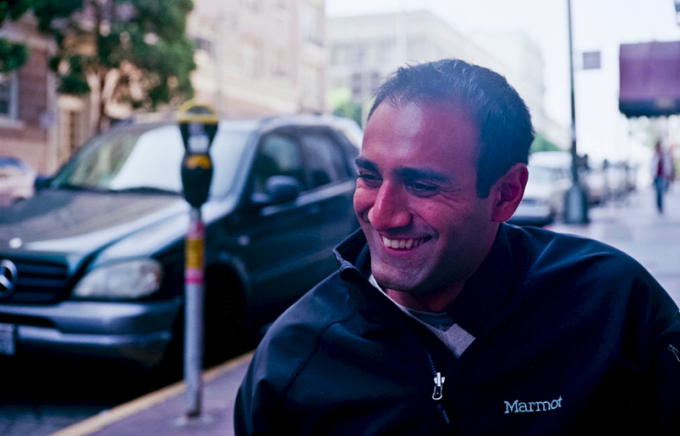
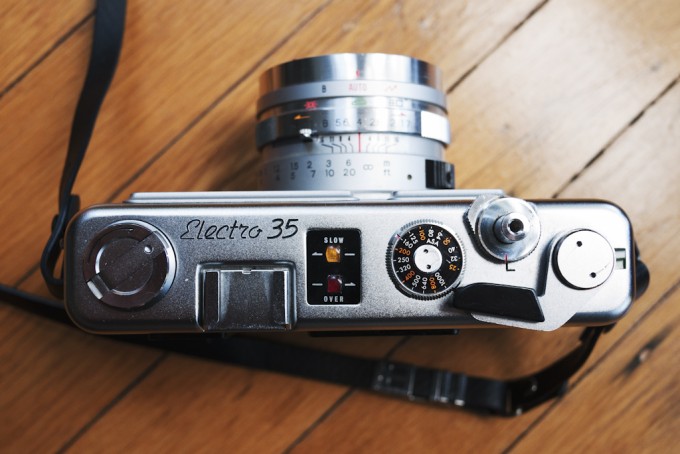
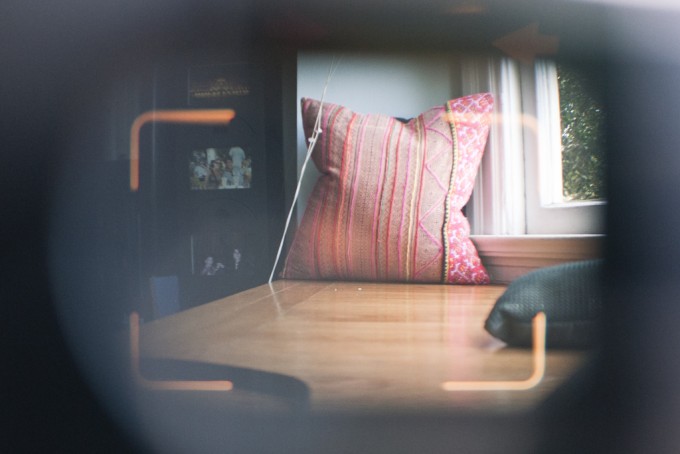
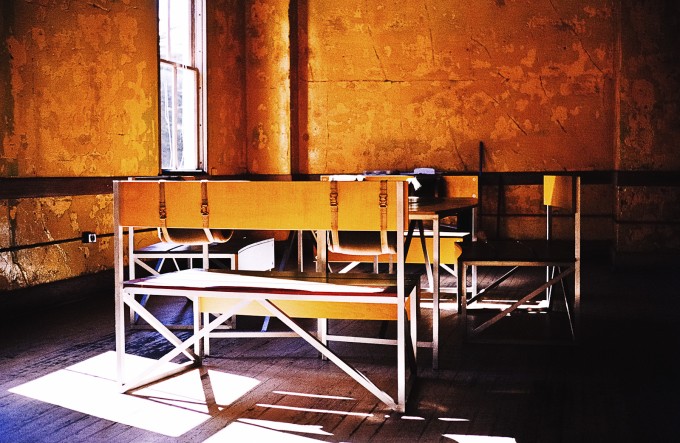
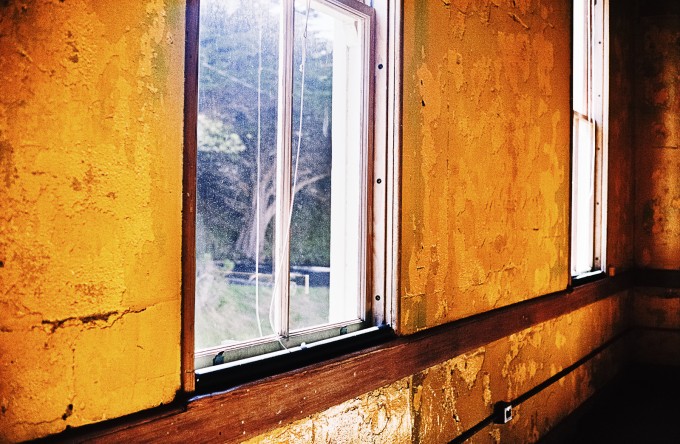
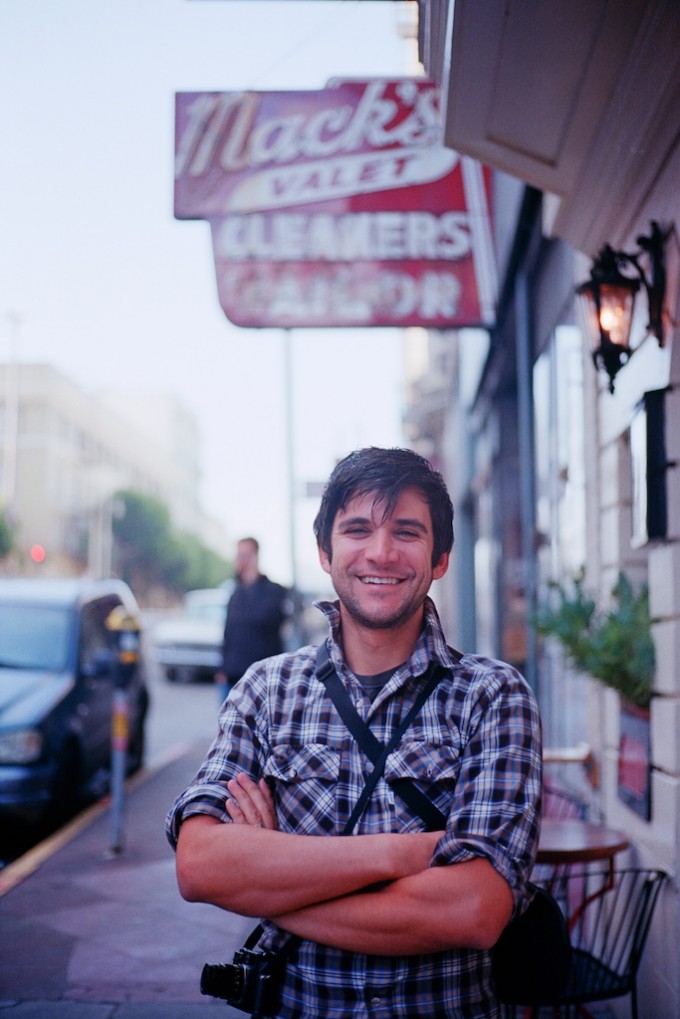
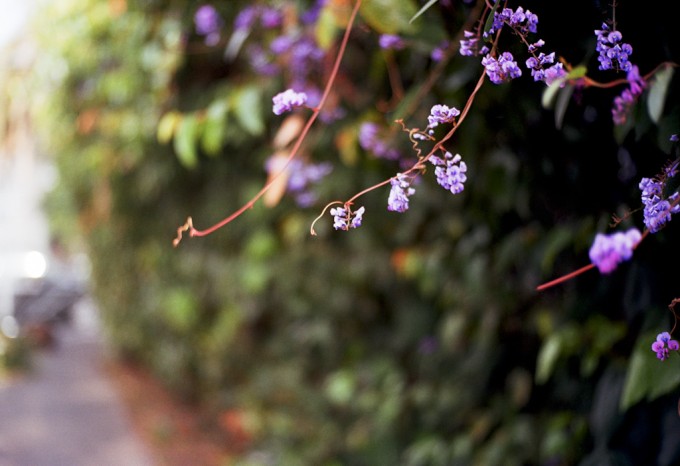
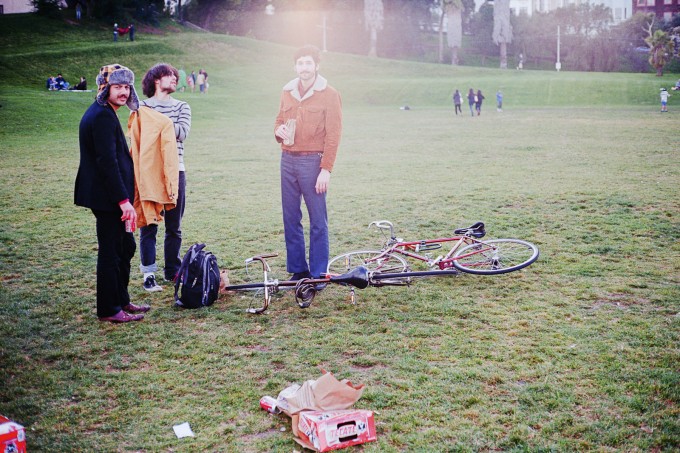

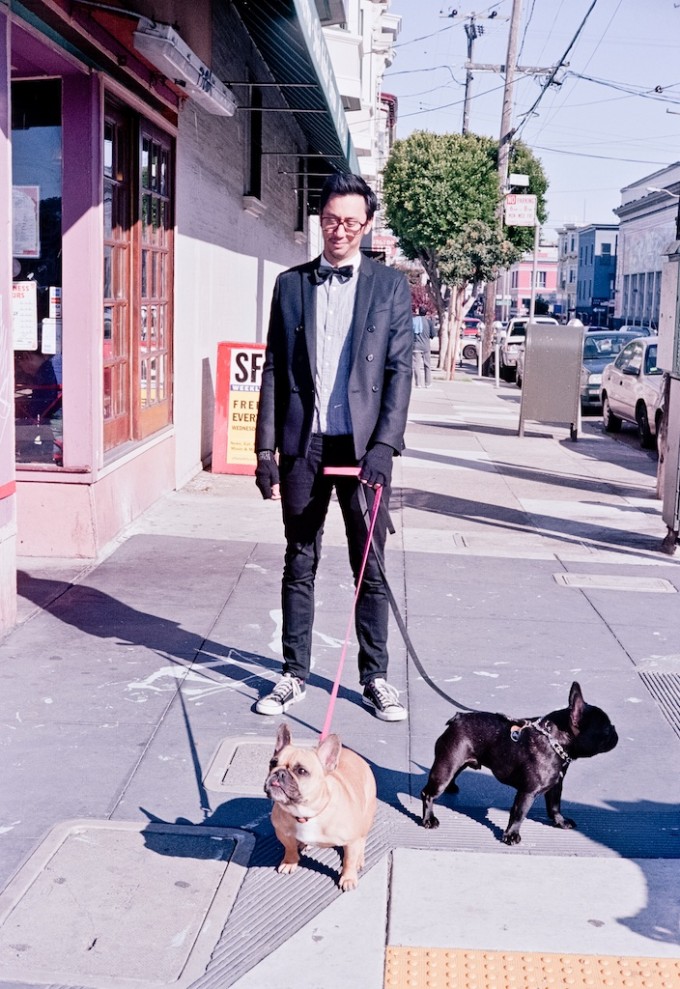
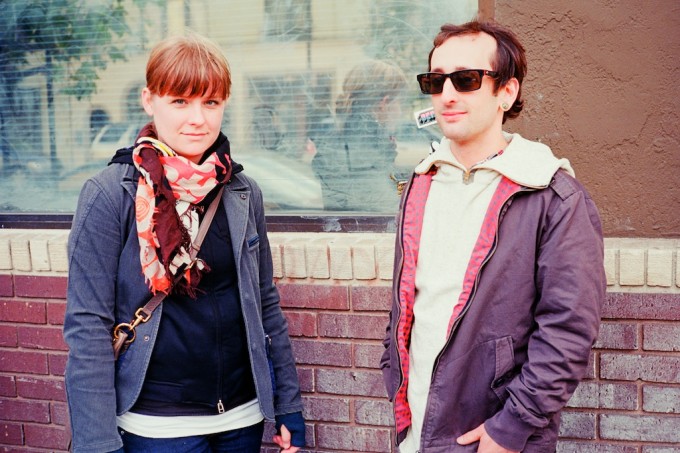
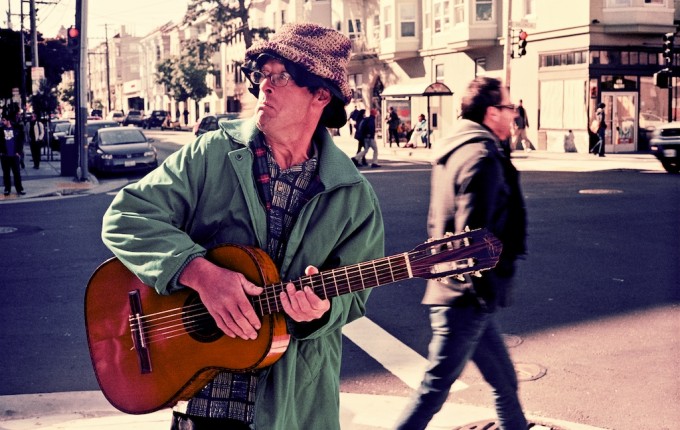

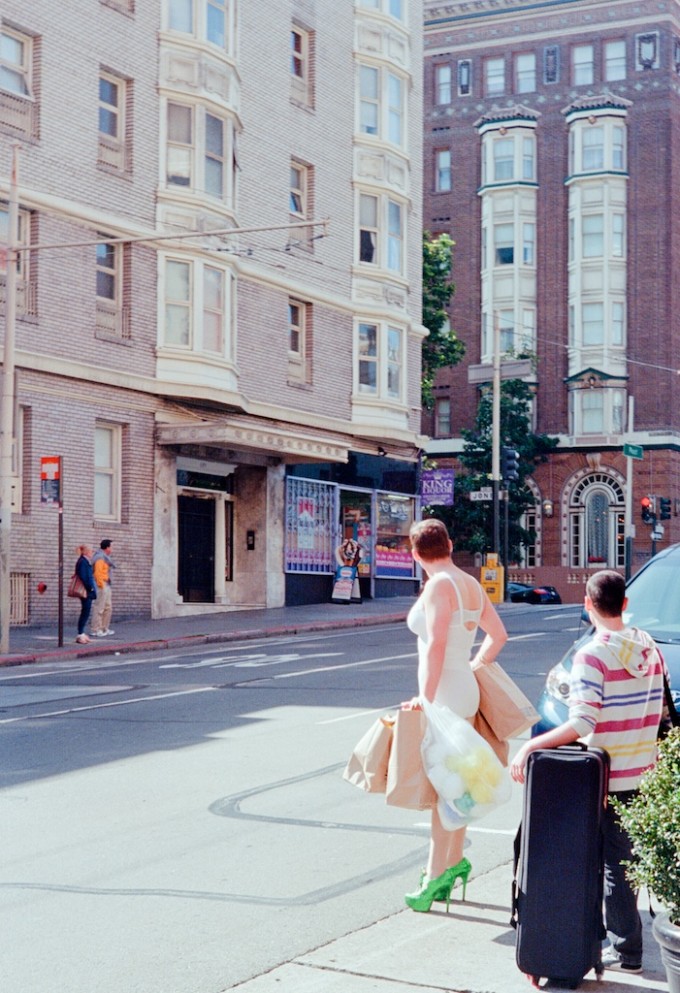
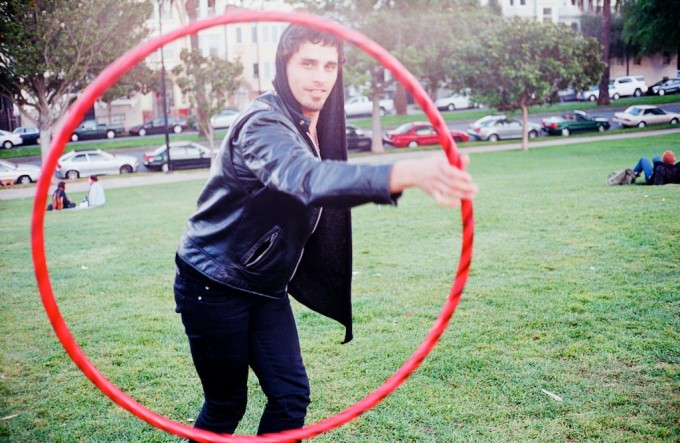
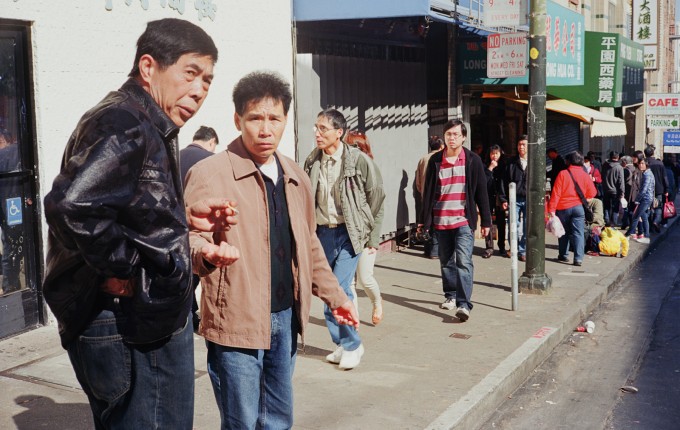
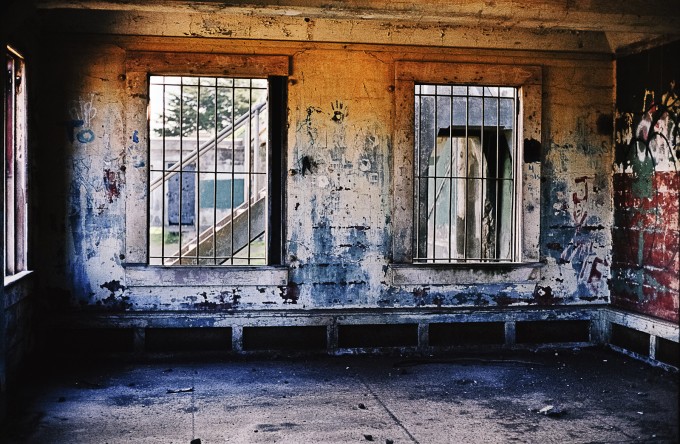
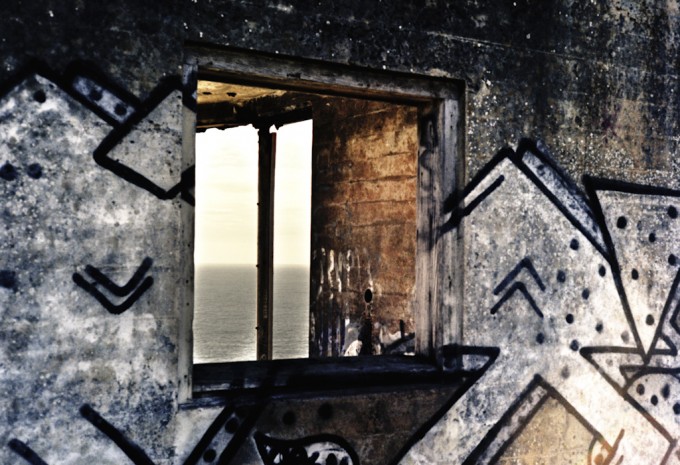


So pleased to know about this camera. Thanks for sharing.jv
i have Yasica Electro 35 GSN and im selling it , if anyone interested contact me at taimurwali1@yahoo.com
Thanks to this I am now branching out into rangefinder ‘format’ !! I have various 35mm slrs, and also use medium format, but since looking in here I have bought a Yashica 35 GSN which should arrive early next week. As it will be my first rangefinder, ‘ will I be disappointed ?’, – I don’t think so having seen what the Yashica rfs can produce. Hope I don’t end up with the ‘rf bug’ and start collecting them, too. And of course, using them.
My college days was blessed with an MG-1 and Electro35. MG-1 from my father and the other from my friend’s father. Tons of rolls exposed, that too without a battery and with many keepers. Really miss those days.
btw, great post.
Whiling away a holiday afternoon (Easter Monday), trying to figure out what size filter my Yashica MII rangefinder would take, and stumbled across your post. I bought my Yashica MII at an estate sale a few months ago for $5.00, including the well-used leather case. What a bargain! Everything works just fine, and I’m enjoying the camera immensely. Great post!
Thanks to your site, I’ve just bought 3 rangefinders ( 2 Zorki’s and now a Yashica electro 35 (45mm 1.7f) ) and several cheap vintage light meters, I can’t afford, or justify a Leica, and walking around with several thousand £’s worth of camera in my hand would make me nervous!
Anyway, I already have a knackered Yashica J which leaks light and has a faded viewfinder ( but produces very unique images because of it!) but now I’ve got the daddy, well, I’ve just bought it off ebay, so I’ll have to wait… and I’m looking forward to using it greatly!
Going back to film, and rangefinders has increased my love of photography no end, I now know so much more about rangefinders, lenses, bokeh even! Maybe one day I’ll come across a Leica, Canon P, or IIF in an old junk shop for peanuts, but until then I’ll soldier on with my Zorki, Electro, Canon 600d, Panny LX3, and keep swapping cameras, experimenting with old glass on my DSLR and having fun… I do lust after a Fuji X100 though……!
I recently found one of these in a box in my out house, I have no memory of buying it or using it although I must of bought it.
It is mint, I have no experience of using rangefinder cameras as I have used pro cameras since leaving art college and working in the industry.
Anyway I put it on Ebay, but as the auction end was near without a bid, I decided to keep it and use it and having seen your review and pictures I’m pleased I did. I now realise that this camera is probably ideal for a retro 70’s project I’m about to start.
Thanks for all the tech stuff and pix but most of all thanks for the inspiration and motivation to return back to film. Serendipity should always be embraced ! (can’t wait for the batteries to arrive).
It’s a feature which with a lens you may never need to use, but because the camera has a leaf shutter, the flash syncronises at all speeds, so great when fill-in flash is needed.
Great images, but I’m curious why you seem to get so much lens flare. I use the original metal lens hood on my GTN, and have never had that problem. I got mine as new old stock from a shop in Ohio, and it’s been one of the best cameras I’ve ever shot with. The only thing I don’t like about it, is the lack of full manual control, so I usually shoot with my Yashica Lynx 5000e… Just as awesome! Thanks for the post!!!
great shots of hippy (hipster) hill and i love the one in china town. Can’t wait to do some film street photography when I get back to the bay. Inspiring work and a great review. Cheers.
Ricky
Thanks for the excellent article and amazing photos. I am inspired and challenged to upgrade from DSLR to Summicrux for street photography. Thanks again!
One question, what film did you use for the accompanying shots?
Hey Shaun, thanks for your comment. I used Kodak Ektar 100 for almost all the shots of people and Kodak Porta 160VC for all the non-people shots.
low light stuff w/ my Electro 35 GSN:
[img]http://farm1.static.flickr.com/37/115598292_a8031270c8_m.jpg[/img]
here: http://www.flickr.com/photos/grouchomarx/115598292/in/set-72057594053478340/lightbox/
.
Dr Sugaya, who designed this camera, and the later Yashica versions of the ‘Contax’ cameras, always kept one of these in his pocket – and used it in preference to the big, chunky Yashica and Contax-brand single-lens reflex cameras. The Yashicas – both ‘compact’ like this, and SLRs – were more prone to flare than the ‘Contax’ models with Zeiss-branded lenses which benefitted from the Zeiss T* anti-reflection coating which was added to the Contax lenses but not to the (less expensive) Yashica models.
But as long as you don’t point towards the sun(!) these Yashes are great (almost)-pocketable cameras.
Some nice pictures .. especially for the money spent..
Is that a man in the white dress? 🙂
Not sure, but the green shoes are outstanding.
Olympus XA.
Good idea! I have a couple buried away somewhere. Time to dig them out and put some film through them.
Nice work! But you forgot about the Electro 35 CC. A 35mm f1.8 lens – a beauty of a lens. Slower top shutter speed @ 1/250, but hey, it’s also a lot smaller than the other Electros, lighter, all black, and with a better viewfinder. Excellent for street.
Just like a lot of others here the Yashica Electro was my first “real” camera, which I received as a gift in Junior High. It accompanied me on my first student trip to Europe in 1977. I remember being somewhat embarrassed that my friends had Olympus and Canon SLRs with real controls like shutter speed and changeable lenses. In hind site I probably took better pictures, but I didn’t realize that the things I didn’t like (shutter being too soft and quiet, controls too simple) would later become attributes that I look for in a camera. But at the time I wanted that “BIG” SLR feeling and clunky shutter/mirror noise. Youth…
Back in junior high school the Yashica Electro 35 GS was my first real camera After reading the article I want to purchase one on Ebay As I remember they are very well made All metal no plastic Easy to use and take very nice pictures
I just love my black Electro 35 GTN 🙂
Thanks for a nice article! The Yashica Electro may very well be one of the cheapest ways to get into rangefinder photography.
I got my Electro 35 GS few months back for free after I mentioned to few people that I’ve taken into shooting film. First order of business was to solve the “contemporary batteries are too short” problem, which I did by walking into my local bicycle repair shop and asking if they had a spring that would fit. I got the spring for free after listening to the owner ramble on about his son’s photography hobby for a bit.
After that it was time to shoot the first roll of film. During that I noticed that the dark blue & yellow rangefinder can be a bit hard to use at times. Also the camera has a fault that if the metering determines the exposure to be “slow”, it just leaves the shutter open indefinitely until you advance the film & recock the shutter. This is also made worse by the fact that the “slow” light comes on just millimeters before pressing the shutter release fully down.
When I got the first roll back from the shop I discovered that the camera also has slight light leaks. Nothing too serious and it’s a relatively cheap thing to fix, but another common problem with old cameras.
Other than that, it really is a sympathetic little camera. Maybe I’ll get back to shooting with it now that there’s more light and less “slow” during the summer.
That the shutter remains open in Auto is a faulty Pad of Death. It Is the main issue with Electro 35 GSN and your camera could be repaired by a knowledgable technician like Russell Cisco of CameraRefurb.com or Mark Hama or MarkHama.com.
Enjoyable write up of what looks like a nice camera, interesting that it has a leaf shutter. I’d love it if my Leica had a leaf shutter, so quiet and no “slap” from the shutter moving.
It’s a different sound and feel from the Leica. It’s very quiet but also more metallic. I’m not sure I like it better. Click Groucho’s link above for a recording of the sound it makes.
I just bought a really nice GT on eBay. It will be my first experience with film and with a rangefinder. I can’t wait!
Cool. Michael, let me know what you think of the camera.
I have a 35 year old Yashica 35 GSN and I just love it…
See here:
http://portostreetshooting.blogspot.com/2011/03/camera-porn-i.html
I’ve just decided to shoot with it tomorrow!
Regards from bailouted Portugal,
grouchomarx
This camera is actually what made me buy an M8! Shortly after I found Steve’s site, I decided to get a cheap 70’s fixed-lens RF just to see if it’d work out for me … well, it did 🙂
I’d much prefer a brighter VF though, and the possibility to manually set the shutter speed, so I’m thinking of migrating to a CL or CLE. 10-20x the price tag, but they take M lenses … 🙂
Felix, first, I read your site regularly and enjoy it.
I recently tried out a CLE, and the viewfinder was great. My only reservation is that I’ve read about several issues with the meters in these cameras. There’s also something about the handling and feel of the M bodies that I just love and that the CL doesn’t capture.
Hi Ricky — I feel honoured! 🙂
Are you sure you’re referring to the CLE with light meter problems? I was of the impression that the CLE was quite reliable, but that the CL would more often than not cause trouble.
Great little article, Ricky. My dad bought a GS in the early 70’s in England and when passed away in 1998, it passed on to the only photography nut in the family, me. The light seals were shot and I asked my camera repair folks if it was worth repairing. The tech told me while it was not a Leica and had some drawbacks, the Yashinon 45mm/f1.7 lens was great. Until recently, I had not really tried out this “toy” being a shooter needing more capability for work. But, since leaving the newspaper industry, I started looking at my equipment, reading Steve’s site, and wanting more from my equipment. The little Yashica for me is an excellent performer. It has prompted me to buy a Contax G2 with the 45mm and 90mm in my quest for sharper images. I would love to replace all my digital gear with an M9 and a series of lenses but that will not happen in the foreseeable future. It took me (a 30+ year SLR/DSLR shooter) a while to start getting the knack of rangefinder focusing but I really like the images the GS produces. Thanks again for your article and, remember, the best camera is the one you have with you!!!
I prefer my my Yashica minister III !!! It was my father camera when i was a kid !
Greg
Thank you for the in for about the battery adapter! I have had a Yaschica Electro for some time now but have never been able to use it properly (or at all) because I could never find the correct battery. I think I’m going to have to fire this baby up now.
Thanks, Dan. I should have made a funny infographic explaining how many Yashicas you could get for the same price as an M9. 😉
Hey Ricky! very interesting article. I am actually going to try find one.
Hope you come back with more articles regularly!
Excellent photos, love the look of your pics and scenes you caught. good eye and talent…..also, you make me wanna get one of these too… and I wonder if I should have bought the M9 with the price that it has…:)
Loved the words,Loved the photos…
Thank you,
yes! this was my first camera and i still use it when the leica needs a rest. it’s definitely my second favorite rangefinder. value-wise, it’s unbeatable.
I actually bought one for my daughter’s best friend for Christmas 2 years ago… she wanted to get into film and rangefinder photography, so it was the perfect choice. I’ve even been teaching her here and there how to develop film (in my bathroom).
It’s a great little camera!
Here’s a couple she took and we developed… Photos by Emily Behringer 🙂
[img]http://www.dangrabbit.com/photography/albums/New/pictures.jpg[/img]
[img]http://www.dangrabbit.com/photography/albums/New/parkinggarage.jpg[/img]
Lovely shots